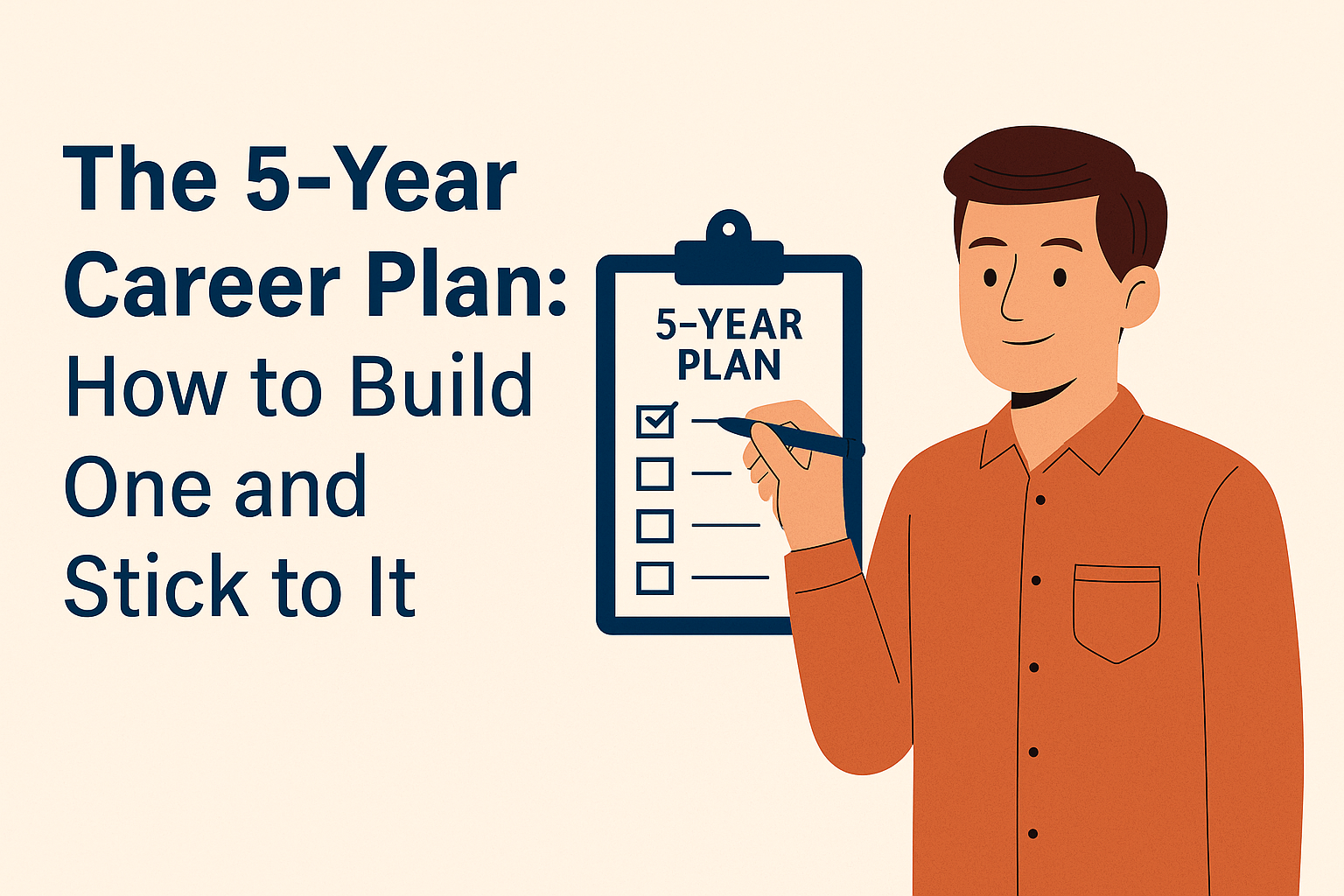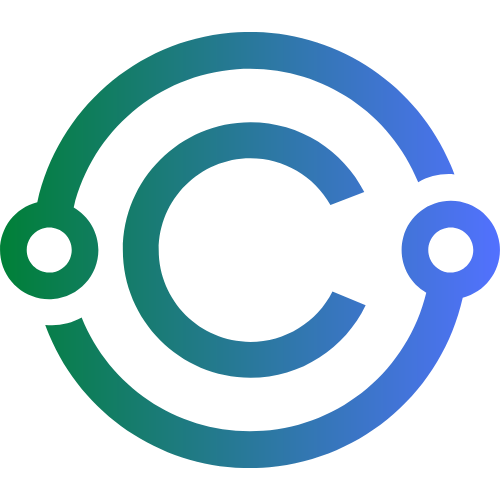The 5-Year Career Plan: How to Build One and Stick to It

Success doesn’t happen by accident. Behind every thriving professional is a clear vision, a plan, and a series of well-thought-out steps. That’s where a 5-year career plan comes in.
Creating a career plan is not just about answering, "Where do I see myself in five years?" It's about setting a direction that helps you grow steadily, make smart decisions, and stay motivated even when things get tough. In this comprehensive blog post, we'll walk you through how to design a realistic and flexible 5-year career plan, the common mistakes to avoid, and how to actually stick to it over time.
1. Why a 5-Year Career Plan Matters
Having a long-term plan:
- Gives you clarity and focus
- Helps you prioritize what matters
- Makes it easier to say no to distractions
- Builds a sense of purpose and motivation
Even if your goals shift along the way, having a roadmap prevents you from drifting aimlessly.
2. Step One: Know Yourself First
Start with self-awareness. Take time to reflect on:
- Your interests and passions
- Strengths and weaknesses
- Work values and lifestyle preferences
- Your ideal working environment
Tools to help you:
3. Step Two: Define Your Long-Term Vision
Ask yourself:
- Where do I want to be in 5 years?
- What kind of role, industry, and lifestyle do I want?
- What income level do I aim for?
- What impact do I want to make?
Be specific. For example:
"In 5 years, I want to be a Senior Product Manager at a tech company, earning six figures, working remotely, and leading a small team."
4. Step Three: Identify the Gaps
Compare your current state with your desired future state.
Identify gaps in:
- Skills or certifications
- Experience or project involvement
- Network or industry knowledge
- Mindset and confidence
Tip: Search job descriptions for your target role and list common qualifications and responsibilities.
5. Step Four: Break It Down Year by Year
Now turn your 5-year vision into annual objectives.
Example Plan for an Aspiring UX Designer:
Year 1: Learn basics of design, take online courses, build a basic portfolio. Year 2: Freelance part-time, join design communities, land a paid internship. Year 3: Get a full-time junior UX role, contribute to real projects, attend design conferences. Year 4: Build a strong portfolio, mentor juniors, explore specializations (e.g., accessibility). Year 5: Apply for senior roles, lead small design teams, launch own design system.
Use tools like Trello, Notion, or ClickUp to visualize the plan.
6. Step Five: Set SMART Goals for Each Stage
SMART goals are:
- Specific
- Measurable
- Achievable
- Relevant
- Time-bound
Example: "Complete a certified UX course on Coursera by August, and publish 3 portfolio projects on Behance."
Helpful Link: Coursera Career Certificates
7. Step Six: Build Habits and Systems
Motivation fades, but systems last.
Systems to stay on track:
- Weekly learning hours
- Monthly review of goals
- Quarterly skill check-ins
- Year-end reflections
Use habit trackers or journaling apps like Daylio or Journey.
8. Step Seven: Stay Accountable
Accountability increases follow-through.
- Share your plan with a mentor, coach, or peer
- Join professional communities (e.g., Slack groups, LinkedIn groups)
- Celebrate wins, even the small ones
Bonus Tip: Write a "future letter" to yourself each year and read it later.
9. Step Eight: Adapt and Review
Things change. Career paths aren’t always linear.
Review every 6-12 months:
- Are your goals still aligned with your values?
- Have new interests or opportunities emerged?
- What roadblocks have you overcome?
Adapt your plan without guilt. Flexibility is key to resilience.
Case Study: Omar’s Journey to Becoming a Marketing Director
Omar, 26, started as a content writer in a mid-sized UAE-based digital agency. He set a 5-year goal to become a Marketing Director in a global company.
His 5-year roadmap looked like this:
- Year 1-2: Took courses in digital marketing and data analytics (via HubSpot Academy and Google Digital Garage)
- Year 3: Led multi-channel campaigns and learned team management
- Year 4: Got promoted to Marketing Manager and mentored interns
- Year 5: Built a personal brand on LinkedIn and applied for director roles
He stuck to his plan with quarterly check-ins, course completions, and regular feedback sessions. In Year 5, he landed his dream role at a global fintech firm.
Takeaway: Omar succeeded not because his journey was perfect, but because he planned, tracked, and adjusted as needed.
Common Mistakes to Avoid
- Setting goals too vague ("be successful")
- Not writing your plan down
- Skipping regular reviews
- Comparing your timeline to others
- Giving up after setbacks
Templates and Tools to Use
A 5-year career plan is your personal blueprint for progress. It won’t solve every challenge, but it will help you make more confident, focused, and strategic career moves.
The most important part? Start now. Your future self will thank you.
More from UJ+:
- How to Set Career Goals That Actually Work
- Career Growth Without a Promotion
- Feeling Stuck? Here's How to Restart Your Career
Subscribe to UJ+ for more real-world career strategies, templates, and success stories.

